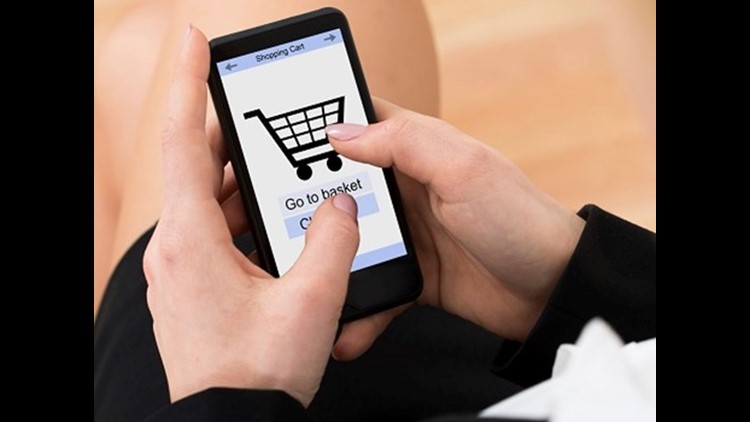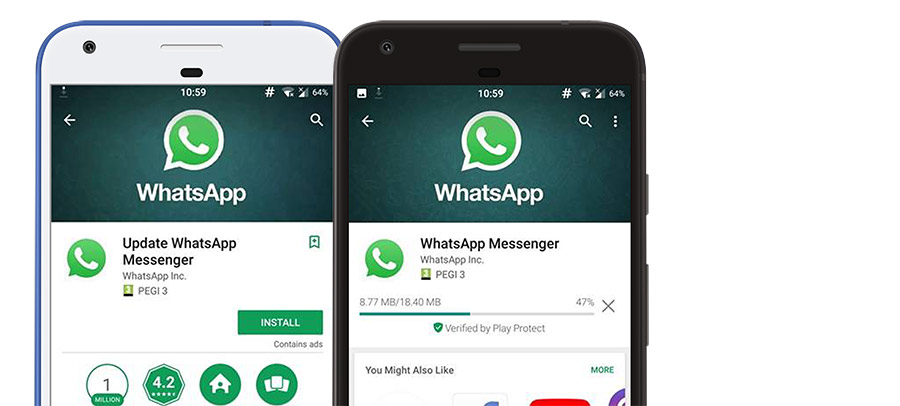

Deepfakes or DF, a portmanteau of 'deep learning or DL' and 'fake', is an artificial intelligence-based human image synthesis technique. It is used to combine and superimpose existing images and videos onto source images or videos. Makes video using our app. DFs may be used to create fake celebrity pornographic videos or revenge porn. FakeApp is a desktop app that allows users to easily create photorealistic faceswap videos. FakeApp swaps a face by training a neural networks to emulate it with a facial dataset, and using that network to transform faces in existing video into the face it has learned.
It seems some malicious app developers have taken the phrase “fake it ‘til you make it” to heart, as fake apps have become a rampant problem for Android and iPhone users alike. Even legitimate sources, such as Google Play and Apple’s App Store, have been infiltrated with illegitimate applications, despite their own due diligence in combating this phenomenon.
After downloading a fake app, cybercriminals leverage ransomware or malware through ads to run in the background of your device to do damage, making it difficult to notice something’s off. But while you’re minding your own business, your personal data –such as usernames, photos, passwords, and credit card information– can be compromised.

Malicious apps have become more challenging to detect, and even more difficult to delete from a device without causing further damage. The trend of fake apps shows no sign of slowing down either, as bad actors have become more brazen with the apps they work to imitate. From Nordstrom to Fortnite to WhatsApp, it seems no business or industry is off limits.
Luckily, cybercriminals have yet to figure out a sure-fire way to get their fake apps onto our devices. By paying extra attention to detail, you can learn to identify a fake app before downloading it. Here’s how:
- Check for typos and poor grammar. Double check the app developer name, product title, and description for typos and grammatical errors. Malicious developers often spoof real developer IDs, even just by a single letter, to seem legitimate. If there are promises of discounts, or the description just feels off, those signals should be taken as red flags.
- Look at the download statistics. If you’re attempting to download a popular app like WhatsApp, but it has an inexplicably low number of downloads, that’s a fairly good indicator that an app is most likely fraudulent.
- Read what others are saying. When it comes to fake apps, user reviews are your ally. Breezing through a few can provide vital information as to whether an app is authentic or not, so don’t be afraid to crowdsource those insights when you can.
Fake Apple Pay Image
If you do find yourself having accidentally downloaded a fake app, there are steps you can take to rid your phone of it. Here’s what to do:
Fake Apple Pencil
- Delete the app immediately or as soon as you notice anything suspicious. If you can’t find it, but you’re still having issues, the app could still be on your device. That’s because, in the interest of self-preservation, fake apps can try and protect themselves from disposal by making their icon and title disappear. If that happens, go to your installed apps page(s) and look for blank spaces, as it may be hiding there.
- Check the permissions. After installation, check the app’s permissions. Fake apps usually give long lists of frivolous requests in an effort to get access to more data.
- Clear the app’s cache and data. If you do find the app you want to delete, this is the first step you must take in order to get the app completely off your phone.
- Take it into your provider. If you’re still having issues after you’ve deleted an app, consider taking your device into your provider to run a diagnostic test.
- Factory reset. As a last resort, if you can’t find the app because it has “disappeared,” or traces of the app and malware linger, the best way to ensure it is completely gone is to wipe the data, factory reset your device, and start over. This is why it is vital to have backups of your devices.
Fake App 2

Even as this ever-growing trend of malicious developers spoofing legitimate applications to gain access to victims’ personal information continues, we can deter their advances simply by paying closer attention to detail. Remember to be vigilant about being aware of the signs to avoid fake apps at all costs.
Fake Apples
Interested in learning more about IoT and mobile security tips and trends? Stop by ProtectWhatMatters.online, follow @McAfee_Home on Twitter, and ‘Like” us on Facebook.